A Definitive Guide on How to Fix a Bad Credit Score
 5 min. read
5 min. read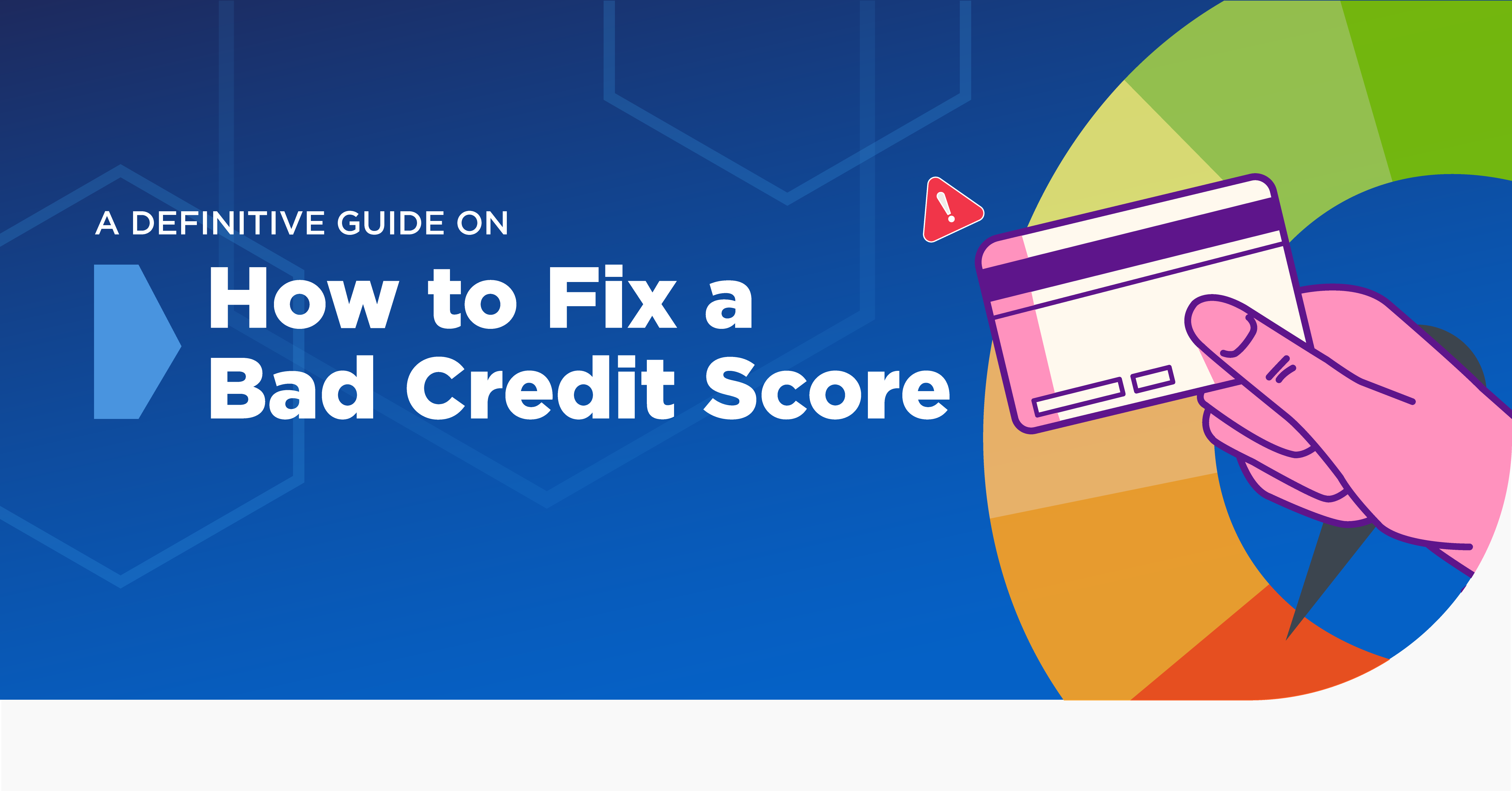
Your credit score carries much weight, reflecting how well you can manage debt by making timely loan or bill payments. It’s your credit score that serves as the primary metric for lenders, landlords, and even potential employers to evaluate your financial reliability.
However, what happens when that score reflects “bad credit?”
That scenario may limit your opportunities and block your path to healthy finances. Fortunately, having a bad credit score is not the end of it all. You can still fix a bad credit credit score. All you need to know is what credit score factors to focus on and the proper ways to clear a bad credit history in the Philippines.

5 Factors That Lead to Bad Credit Scores
Your credit score is a crucial financial indicator and depends on various factors that can either bolster or hinder its health. Understanding these factors is key to clearing a bad credit history and maintaining a positive standing moving forward. Avoid these practices that can result in a bad credit score.
- Committing late or skipped payments
When you make a late payment or miss a due date, creditors report the incident to the Credit Card Management Association of the Philippines (CMAP) and other relevant credit bureaus. Then, you could have a negative mark on your credit report, with history of late payments staying on your record for up to seven years.
Repeated instances of late payments can indicate unreliability when it comes to managing debt, further damaging your creditworthiness in the eyes of lenders. Therefore, knowing how to clear your name in CMAP and getting rid of any negative credit information is in your best interest. - Having high credit utilization
Credit utilization ratio (CUR) measures the amount of credit used from your credit limit. CUR plays a crucial role in determining your credit score since it shows how well you use your credit. Typically, a high ratio—meaning you’re using a large percentage of your available credit—can raise concerns for lenders.
An ideal credit utilization is below 30%. If possible, aim for a 10% CUR. Exceeding the 30% threshold suggests you may be overextended financially and face difficulties with making timely payments. Ultimately, high credit utilization can lower your credit score. - Selecting the wrong credit card
The credit card you use can significantly impact your credit score and overall financial well-being. Opting for a card with mismatched features and terms that don't align with your lifestyle or spending habits can lead to economic strain and a decline in your credit score.
Conversely, a credit card that suits your needs help mitigate this risk. In particular, RCBC Credit offers a range of cards with competitive terms and a robust budget management system to help you monitor your finances effectively. On top of this, RCBC credit cards ensure affordable fees and great benefits. - Accumulating significant amounts of debt
Whether it’s credit card debt or personal loans, accumulating large balances can increase your CUR and lead to financial strain. It should go without saying that huge amounts of debt can make it challenging for you to make timely payments.
Furthermore, a substantial debt can impact your debt-to-income (DTI) ratio—a metric indicating how much of your monthly salary or financial resources goes to loan payments. A high DTI ratio might make it harder for you to secure loans or credit cards, as new credit adds to your financial obligations. - Filing for bankruptcy
Bankruptcy legally provides relief to individuals overwhelmed by debt. While it can help you catch up with your loan payments, it can come with significant consequences for your credit score. When you file for bankruptcy, this information is documented on your credit report—making it challenging to obtain new credit or loans.
How to Fix a Bad Credit Score
Fixing a poor credit score requires a proactive approach and strategic financial management. By implementing effective strategies, you can slowly but surely improve your creditworthiness and regain control of your finances. Consider the following tips below on how to clear a bad credit history in the Philippines.
- Diversify your credit accounts
Like with investments, there’s such a thing as diversifying your credit portfolio through a mix of credit cards, loans, and mortgages. Responsible credit management across these accounts showcases your ability to handle different kinds of debt—positively impacting your credit score. You only need to manage your lines of credit and make timely payments.
Typically, you can take out a car loan or a personal loan when you maintain credit card accounts in good standing. Paying these loans is easier with installment terms, which can boost your score. - Understand your credit report and dispute discrepancies
Your credit report details your payment history, credit utilization, and other performance indicators regarding collections. All this information must be accurate, so regularly check if there are no errors or discrepancies in your credit report. Any negative record can lower your credit score.
If you spot inaccuracies, incorrect details, or fraudulent activity, you have the right to dispute these errors with credit bureaus. By immediately resolving these mistakes, you can benefit from a credit report that accurately reflects your financial behavior and improves your credit score. - Keep unused credit cards open
It’s tempting to close unused credit card accounts to avoid paying annual fees or managing unfavorable terms. However, doing so may actually harm your credit score. Closed accounts reduce your available credit while increasing the rest of your cards’ utilization ratio—a formula that may lower your score.
Instead, consider keeping unused credit cards open. Occasionally, use them for small purchases to keep the accounts active.
This tip on how to fix a bad credit score is an excellent way to demonstrate responsible credit management, helping your chances of getting a new line of credit when you need it. - Resolve outstanding collections or charge-offs
Another way to fix a bad credit history and clear your name in CMAP is to address any of your accounts in collections or charge-offs. When you contact the creditor or collection agency to settle debt or negotiate a payment plan, you show willingness to pay your debt. This behavior can make creditors more receptive to your request.
Charge-offs and collections settlement can also mitigate the consequences of a bad credit score effectively. Once you’ve paid off the outstanding balance, request that the creditor or collection agency update your credit report to reflect the account as “paid” or “settled.” This step is crucial to remove any bad record. - Apply for a secured credit card
A secured credit card can be valuable for rebuilding credit, especially if you have a limited history or a poor score. You only need to provide a security deposit to obtain it. One notable option is RCBC Credit’s secured credit card offerings. These cards offer an opportunity to establish or rebuild credit with responsible card usage.
With timely payments and consistently low credit utilization, you can gradually improve your credit score and then transition to unsecured credit cards in the future. - Become a supplementary user
Another strategy for fixing a bad credit score is by using someone else’s credit card account. As a supplementary user, you can incorporate into your credit report the primary cardholder’s account activity, including their payment history and credit utilization. If the card owner has a history of responsible credit management, becoming an authorized user in that account can boost your score. - Lower your credit utilization ratio
As mentioned, your credit card balances should be below 30%. To achieve this, you can pay down existing balances, request a credit limit increase, use multiple credit cards strategically, or do a mix of these strategies.
Take Control of Your Credit Score
Understanding the essential aspects of credit management can guide your journey toward financial stability. From learning the factors that affect your credit score to addressing these issues, each step is pivotal in reshaping your credit status. With the right strategies, you can turn financial setbacks or roadblocks into opportunities for growth and resilience.
To help you fix a bad credit score and achieve long-term financial stability, check out RCBC credit cards. With enhanced security features, such as a spend monitor and analyzer, you can better manage your finances and avoid getting a bad credit score.

 bc
bc

















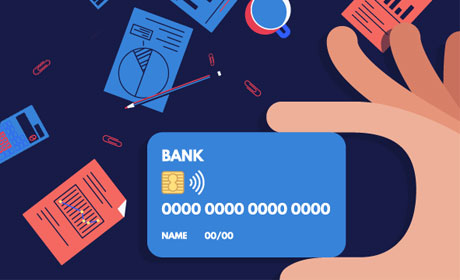





.png)
.png)





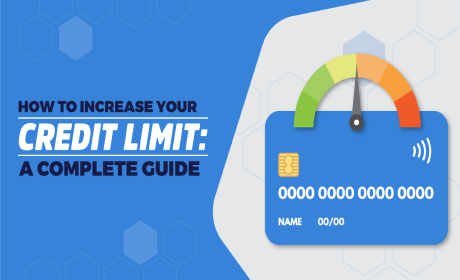
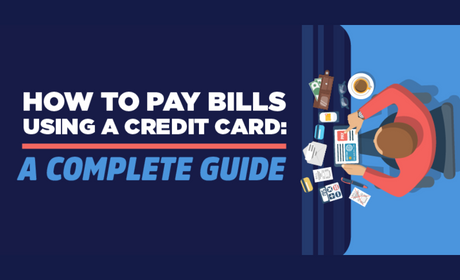



.jpg)
.jpg)
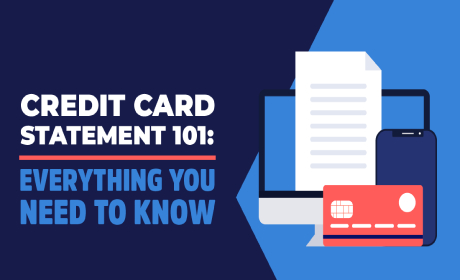
.jpg)

.jpg)

.jpg)



.jpg)
 (1).jpg)
 (1).jpg)
 (1).jpg)
.jpg)
 (1).jpg)
 (2) (1).jpg)
 (2) (1).jpg)
.jpg)
 (1).jpg)
 (1).jpg)
 (1).jpg)
 (1).jpg)


.jpg)
.jpg)
.jpg)
.jpg)

.jpg)
.jpg)


.jpg)
.jpg)
.jpg)
.jpg)
.jpg)
.jpg)


.jpg)
 (1).jpg)

.jpg)

.jpg)
.jpg)
.jpg)
.jpg)
.jpg)
.jpg)


